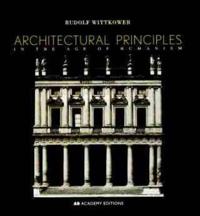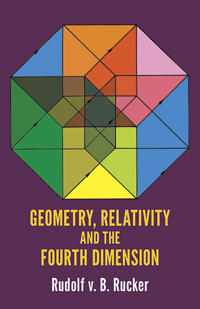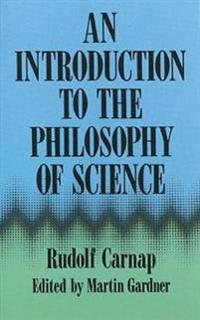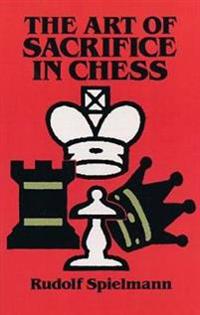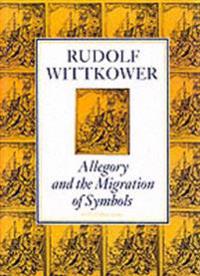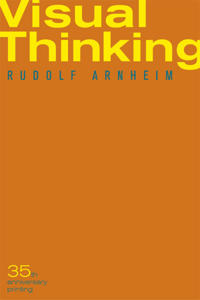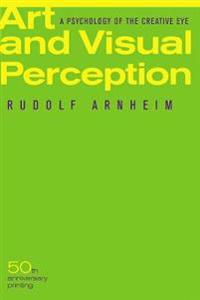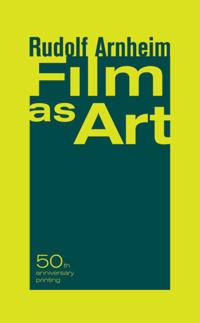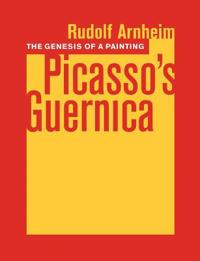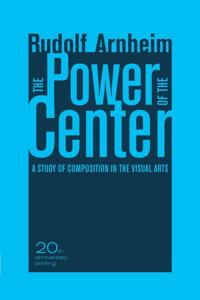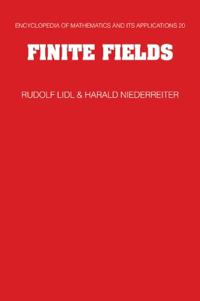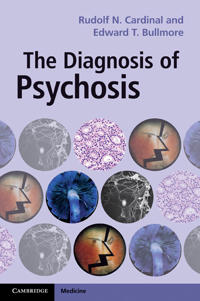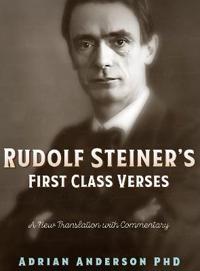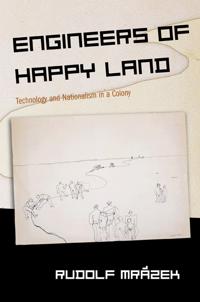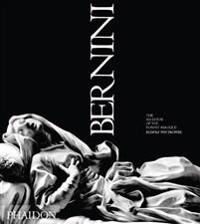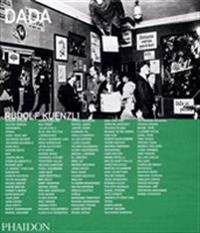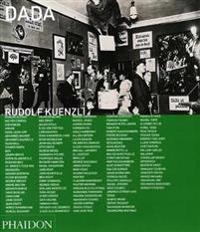Architectural Principles in the Age of Humanism, 2nd Edition (Häftad)
avRudolf Wittkower
ISBN: 9780471977636 - UTGIVEN: 199810Focusing on the principal architects of that time--from Alberti to Palladio--this bestselling classic explains the true significance of certain architectural forms, bringing to light the connections between the architecture and culture of the period.[...]
Geometry, Relativity, and the Fourth Dimension (Pocket)
avRudolf V. B. Rucker
ISBN: 9780486234007 - UTGIVEN: 1977-01Exposition of 4th dimension, concepts of relativity as Flatland characters continue adventures. Popular, easily followed yet accurate, profound. Topics include curved space time as a higher dimension, special relativity, and shape of space-time. Accessible to lay readers but also of interest to spec[...]
An Introduction to the Philosophy of Science (Pocket)
avRudolf Carnap, Martin Gardner, Martin Gardner
ISBN: 9780486283180 - UTGIVEN: 199501The Art of Sacrifice in Chess (Häftad)
avRudolf Spielmann
ISBN: 9780486284491 - UTGIVEN: 199503A Grandmaster shares secrets from 40 years of tournament play, outlining hard-won lessons that enable players to win games by giving up pieces. The first systematic attempt to explain and exploit the theory of chess sacrifice, this guide remains an extremely helpful weapon in the arsenal of players [...]
Favorite Poems (Pocket)
avRudolf Voderholzer
ISBN: 9780486417813 - UTGIVEN: 200105With her deceptively simple verses, Dickinson introduced a world of innovations in rhyme, meter, and metaphor. Over 100 of her best-known, best-loved poems appear here, including 'Because I could not stop for Death,' 'Hope is the thing with feathers,' 'I heard a fly buzz when I died,' 'I'm nobody! W[...]
Allegory and the Migration of Symbols (Häftad)
avRudolf Wittkower
ISBN: 9780500274705 - UTGIVEN: 1987-02New Essays on the Psychology of Art (Pocket)
avRudolf Arnheim
ISBN: 9780520055544 - UTGIVEN: 1986-03-11Parables of Sun Light: Observations on Psychology, the Arts, and the Rest (Övrig)
avRudolf Arnheim
ISBN: 9780520065369 - UTGIVEN: 1990-07-17For many years Rudolf Arnheim, known as the leading psychologist of art, has been keeping notebooks in which to jot down observations, ideas, questions, and even (after a stay in Japan for a year) poems in the haiku pattern. Some of these notes found their way into his books - known and prized the w[...]
Dear Carnap, Dear Van: The Quine-Carnap Correspondence and Related Work (Övrig)
avW. V. Quine, Rudolf Carnap
ISBN: 9780520068476 - UTGIVEN: 1991-04-11Rudolf Carnap and W. V. Quine, two of the twentieth century's most important philosophers, corresponded at length - and over a long period of time - on matters personal, professional, and philosophical. Their friendship encompassed issues and disagreements that go to the heart of contemporary philos[...]
To the Rescue of Art: Twenty Six Essays (Övrig)
avRudolf Arnheim
ISBN: 9780520074590 - UTGIVEN: 1991-11-25Never before published essays by the widely admired psychologist of art. Arnheim spiritedly asserts art's fundamental achievements. Rudolf Arnheim has spent a lifetime analyzing the basic psychological principles that make works of visual art meaningful, stirring, indispensable, and lasting. But rec[...]
Split and the Structure, The: Twenty Eight Essays (Övrig)
avRudolf Arnheim
ISBN: 9780520204782 - UTGIVEN: 1996-09-17Rudolf Arnheim's great forte is his ability to illuminate the perceptual processes that go into the making and reception of artworks - painting, sculpture, architecture, and film. Over the years, his pioneering mode of 'reading' art from a unique scientific/philosophic perspective has garnered him a[...]
Visual Thinking (Pocket)
avRudolf Arnheim
ISBN: 9780520242265 - UTGIVEN: 200403For thirty-five years Visual Thinking has been the gold standard for art educators, psychologists, and general readers alike. In this seminal work, Arnheim, author of "The Dynamics of Architectural Form", "Film as Art", "Toward a Psychology of Art", and "Art and Visual Perception", asserts that all [...]
Art and Visual Perception (Häftad)
avRudolf Arnheim
ISBN: 9780520243835 - UTGIVEN: 200411Since its publication fifty years ago, this work has established itself as a classic. It casts the visual process in psychological terms and describes the creative way one's eye organizes visual material according to specific psychological premises. In 1974 this book was revised and expanded, and si[...]
Film as Art (Häftad)
avRudolf Arnheim
ISBN: 9780520248373 - UTGIVEN: 200603In the fall of 1957 the University of California Press expanded Arnheim's 1933 book "Film" by four essays and brought that landmark work back into print as "Film as Art". Now nearly fifty years after that re-edition, this book continues to occupy an important place in the literature of film. Arnheim[...]
The Genesis of a Painting (Häftad)
avRudolf Arnheim
ISBN: 9780520250079 - UTGIVEN: 200612Rudolf Arnheim explores the creative process through the sketches executed by Picasso for his mural Guernica. The drawings and paintings shown herein, as well as the photographs of the stages of the final painting, represent the complete visual record of the creative stages of a major work of art.[...]
The Dynamics Of Architectural Form (Pocket)
avRudolf Arnheim
ISBN: 9780520261259 - UTGIVEN: 2009-10-19Rudolf Arnheim has been known, since the publication of his groundbreaking "Art and Visual Perception" in 1974, as an authority on the psychologicalinterpretation of the visual arts. Two anniversary volumes celebrate the landmark anniversaries of his works in 2009. In "The Power of the Center," Arnh[...]
The Power of the Center (Pocket)
avRudolf Arnheim
ISBN: 9780520261266 - UTGIVEN: 200910Rudolf Arnheim has been known, since the publication of his groundbreaking "Art and Visual Perception" in 1974, as an authority on the psychological interpretation of the visual arts. Two anniversary volumes celebrate the landmark anniversaries of his works in 2009. In "The Power of the Center", Arn[...]
Finite Fields (Pocket)
avRudolf Lidl, Harald Niederreiter, P. M. Cohn
ISBN: 9780521065672 - UTGIVEN: 200806The theory of finite fields is a branch of algebra that has come to the fore because of its diverse applications in such areas as combinatorics, coding theory and the mathematical study of switching ciruits. This book is devoted entirely to the theory of finite fields, and it provides comprehensive [...]
The Diagnosis of Psychosis (Häftad)
avRudolf N. Cardinal, Edward Bullmore
ISBN: 9780521164849 - UTGIVEN: 201103Psychosis has many causes. Psychiatrists typically receive the most thorough training in its diagnosis, but the diagnosis of psychosis secondary to nonpsychiatric conditions is not often emphasized. An understanding of the underlying cause of psychosis is important for effective management. The Diag[...]
Engineers of Happy Land (Pocket)
avRudolf Mrazek
ISBN: 9780691091624 - UTGIVEN: 2002-03Based on close reading of historical documents--poetry as much as statistics--and focused on the conceptualization of technology, this book is an unconventional evocation of late colonial Netherlands East Indies (today Indonesia). In considering technology and the ways that people use and think abou[...]
Bernini (Häftad)
avRudolf Wittkower
ISBN: 9780714837154 - UTGIVEN: 1997-09Gian Lorenzo Bernini (1598-1680) was the greatest and most influential sculptor of his age. Endlessly inventive and gifted with extraordinary skill, he virtually created the Baroque style. In his religious sculptures he excelled at capturing movement and extreme emotion, uniting figures with their s[...]
Dada (Inbunden)
avRudolf Kuenzli
ISBN: 9780714844237 - UTGIVEN: 2006-10Eminent scholar Rudolf Kuenzli presents a rich selection of the Dadas' experimental visual and literary works to give a lively, accessible and comprehensive assessment.[...]


